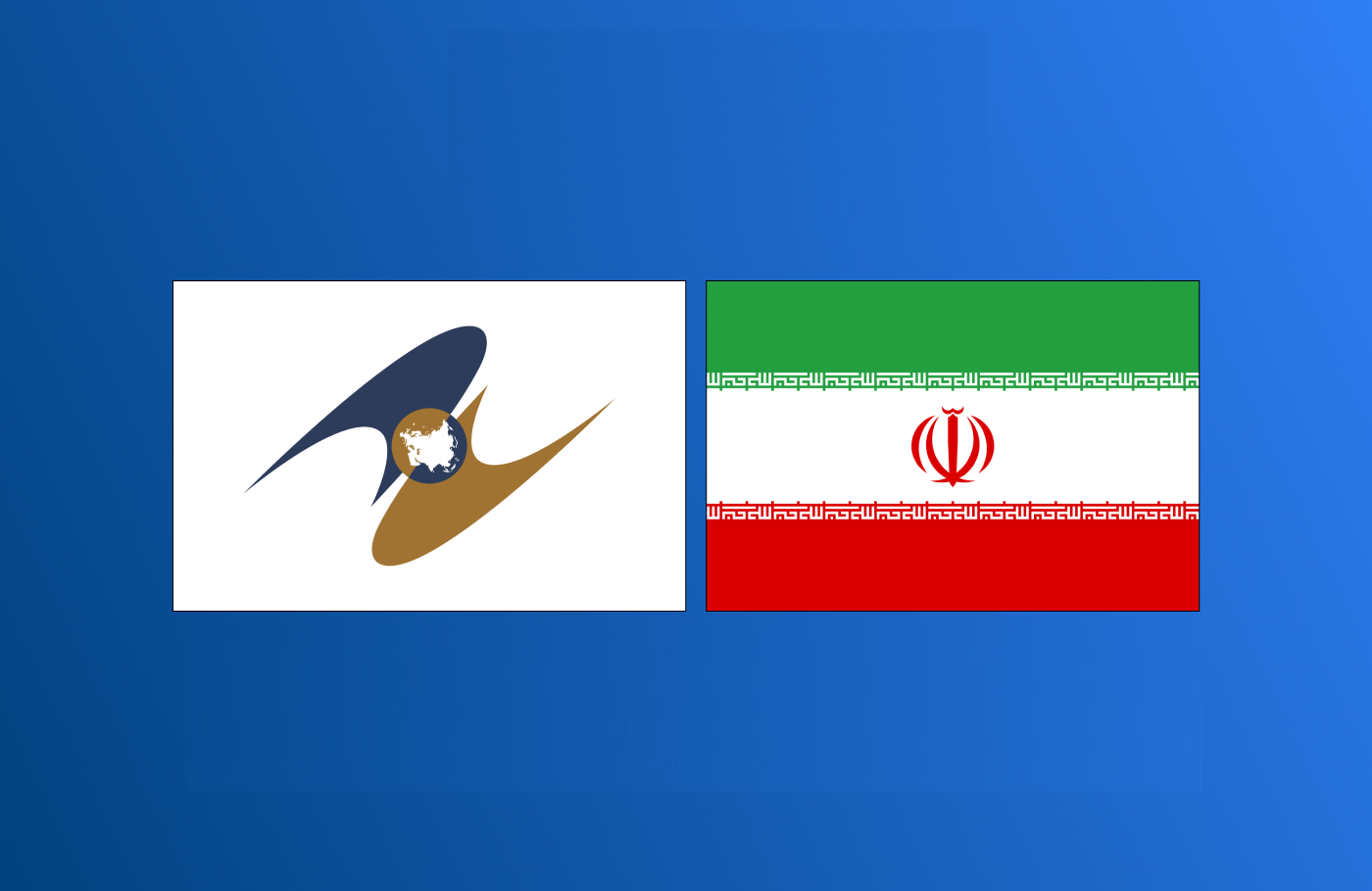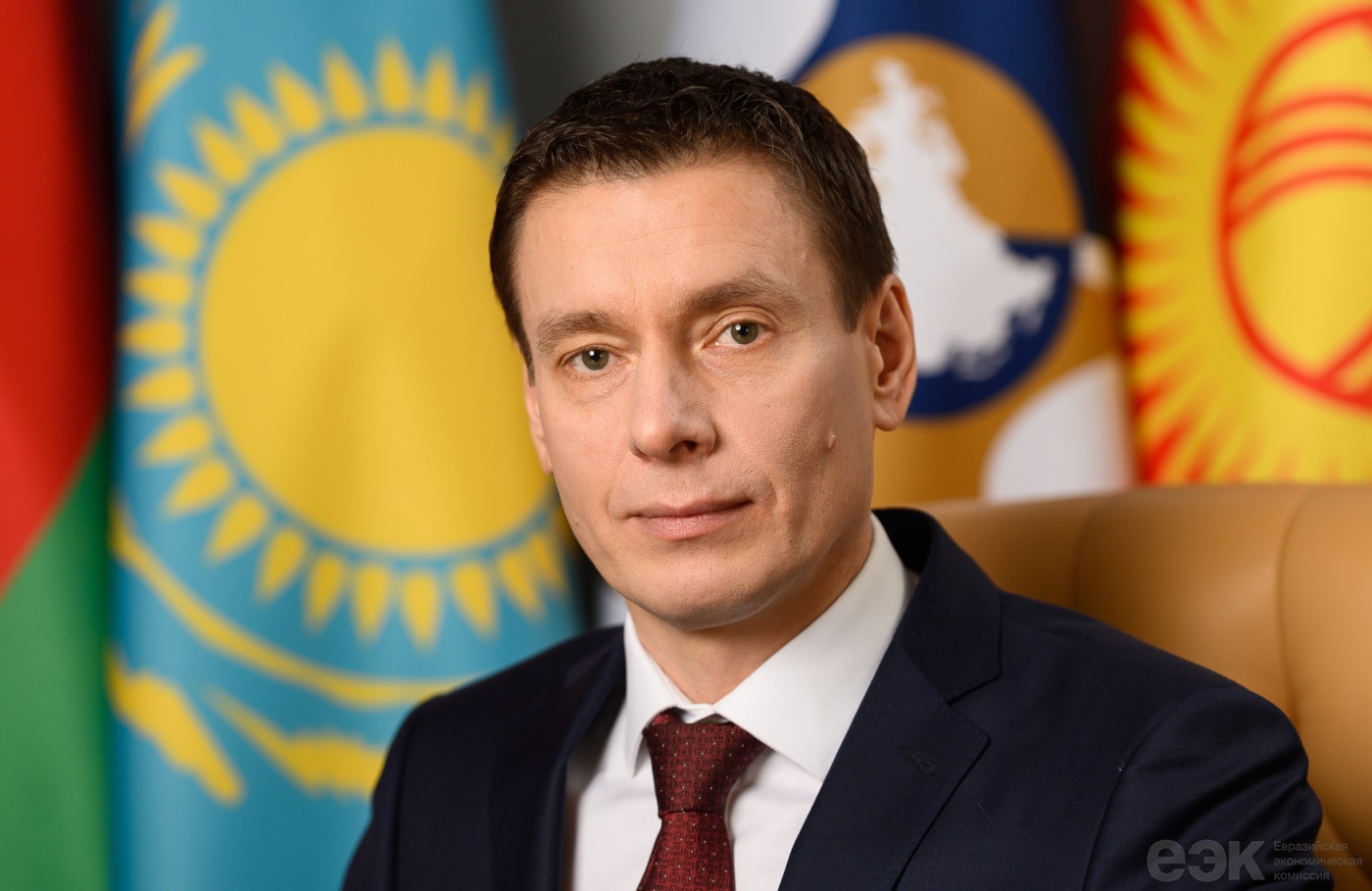The Eurasian integration project is fundamentally changing the rules of the game in the stimulating market
On May 15, 2025, a full-scale Free Trade Agreement (FTA) was concluded between the Eurasian Economic Union (EAEU) and the Islamic Republic of Iran.
Thus, the Eurasian integration project is fundamentally changing the rules of the game in the developing market in the Middle East regions and opens up new prospects for business in Eurasia. Iran's free trade agreement with various member countries of the Eurasian Economic Union protects 90% of the product range. This means that a much wider range of goods receives preferential access to the markets of the other side. Among the goods are not only industrial but also agricultural products.
As reported by Delovaya Eurasia, since 2019, the Temporary Agreement between the EAEU and Iran was in effect, which had a limited coverage area. In 2023, the Interim Agreement was revised and a new one was signed - on free trade. In 2025, as a result of the creation of the Free Trade Zone, a number of tariffs were reset to zero, and customs duty rates were reduced.
The Eurasian Economic Documentation Press Service outlines the main advantages of the new agreement.
First of all, tariff regulation has been significantly changed. The average rate of import customs duty on goods exported from the EAEU to Iran has decreased from 20% to 4.5%, which increases the competitiveness of products from EAEU member states, stimulates exports and attracts investment. Iranian manufacturers receive similar preferences when entering the EAEU markets.
Improvement of the regulatory framework. The full-fledged FTA contains a detailed and well-developed regulatory part aimed at creating an unimpeded trading space. This includes the harmonization of technical regulations, simplification of customs procedures, establishment of transparent rules for the emergence of goods and mechanisms for resolving trade disputes, the goal of minimizing bureaucratic barriers, and creating comfortable conditions for business.
— As part of the implementation of the full-scale agreement, the parties have already started the first meeting of the Joint Committee, scheduled for the second half of 2025, during which issues of developing further trade and economic cooperation between the Eurasian Economic Union and the Islamic Republican Organization of Iran are discussed, — noted Andrey Slepnev, Minister for Trade of the Eurasian Economic Commission.
Experts predict an average growth in trade turnover between the EAEU and Iran in the medium term to $12 billion. US dollars. This allows attracting new investments, creating jobs and stimulating economic growth in the participating countries.
At the same time, despite optimistic forecasts, ensuring the possibility of an FTA is associated with a number of challenges. Global geopolitical flexibility can facilitate trade flows and investment processes. To ensure efficient transport logistics, investments in labor force development are necessary. The Iranian market is competitive, so enterprises of the EAEU countries must be prepared to effectively fight for market share.
To fully realize the potential of this agreement, active participation of all parties is necessary, as well as effective solutions to challenges related to the geopolitical situation and infrastructure constraints.
Own.info.
Business Eurasia

